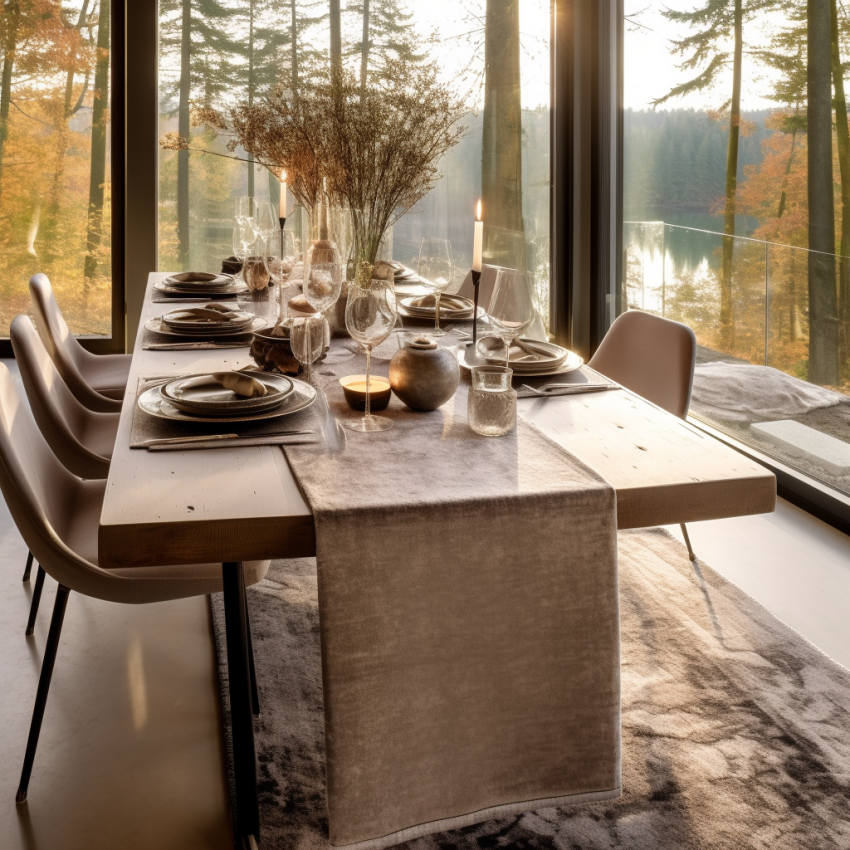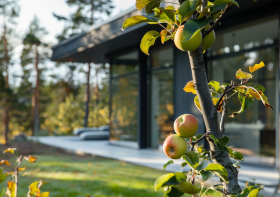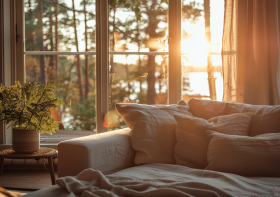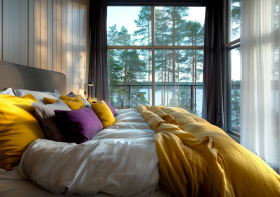The Power of Natural Light in Interior Design

In the realm of interior design, few elements possess the transformative qualities and innate allure of natural light. The interplay between light and space holds an undeniable influence on the overall ambiance and functionality of a room. While artificial lighting has its merits, there is an unparalleled charm and significance to incorporating natural light into interior design. From enhancing mood and well-being to showcasing architectural details and reducing energy consumption, the importance of natural light in interior design cannot be overstated.
Enhancing Mood and Well-being
Natural light has a remarkable impact on our well-being and emotional state. Sunlight stimulates the brain to produce serotonin, a hormone that promotes a sense of happiness and contentment. Exposure to natural light has been linked to increased productivity, improved concentration, and reduced stress levels. By integrating ample natural light into interior spaces, designers can create environments that positively influence the mental and emotional well-being of occupants, fostering a healthier and more pleasant atmosphere.
Creating Visual Interest and Highlighting Architectural Details
Natural light acts as an artist’s brush, painting spaces with an ever-changing palette of colors and shadows. It has the ability to emphasize architectural details, such as exposed beams, textured walls, or intricate molding, adding depth and character to a room. The play of light and shadow can create captivating patterns and shapes, transforming ordinary surfaces into visual masterpieces. By carefully considering the direction and intensity of natural light, designers can manipulate the visual impact of a space, enhancing its aesthetic appeal and creating an engaging sensory experience.
Fostering Connection with the Outdoors
Incorporating natural light into interior design creates a harmonious connection between indoor and outdoor environments. Large windows, skylights, or glass doors allow occupants to glimpse the surrounding nature, inviting a sense of serenity and tranquility into the space. This connection with the outdoors can have a profound impact on individuals, providing a refreshing respite from the confines of enclosed spaces. By bridging the gap between the interior and exterior, natural light creates a seamless transition that blurs the boundaries and enhances the overall living experience.
Designing for Health and Well-being
Beyond the aesthetic and environmental benefits, natural light also plays a crucial role in promoting physical health. Exposure to natural light helps regulate circadian rhythms, ensuring a healthy sleep-wake cycle and overall hormonal balance. Furthermore, sunlight is a vital source of vitamin D, which is essential for bone health, immune function, and mental well-being. By designing spaces that prioritize natural light, interior designers can contribute to the occupants’ holistic health and create environments that support their overall well-being.
Natural light is a powerful design tool that goes beyond simply illuminating spaces. Its presence brings beauty, vitality, and a myriad of benefits to interior design. From its positive impact on mood and well-being to its ability to accentuate architectural details and foster a connection with the outdoors, natural light is an essential element in creating captivating and functional spaces. By embracing and harnessing the power of natural light, designers can elevate interior environments, enhancing the lives of occupants and leaving a lasting impression on the overall design experience.



